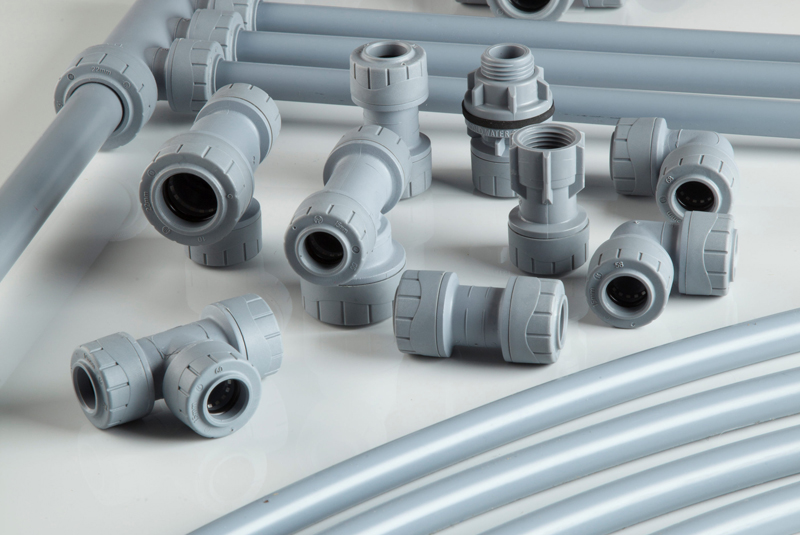
The BPF Pipes Group has launched new guidance for the discharge from unvented hot water storage cylinders into plastic sanitary pipework systems (soil stacks), to promote best practice in the industry.
Available from the BPF Pipes Group website at www.bpfpipesgroup.com/support-downloads/guidance-notes, the guidance draws attention to the importance of good plumbing design and installation to protect public safety. It builds on testing supported by the BPF Pipes Group to better understand specific aspects relating to hot water safety in the Building Regulations for England and Wales and the Building Standards for Scotland.
To prevent the temperature of stored water exceeding 100°C and escaping dangerously as steam, a temperature or temperature and pressure relief valve is installed to discharge water from the storage vessel in the event of serious over-heating of a hot water system. This water is conveyed away through a discharge pipe which is taken outside the property and down to ground level or connected into the soil stack.
The new guidance focuses on selecting the correct plastic pipes for use as discharge pipes and the essentials for good plumbing design. It also highlights practical aspects for installers such as properly supporting pipework, using self-sealing waterless valves when connecting to a soil stack to prevent foul sewer gases from entering the building, and the importance of the soil stack remaining vented to atmosphere.
Steve Skeldon, Chair of the BPF Pipes Group’s working group on above ground gravity drainage, commented: “The publication of this practical guidance to support the Building Regulations will assist in the correct use of materials to safeguard building users. The BPF Pipes Group supports the drive for better safety in buildings and is pleased to be able to offer this guidance for designers and installers of hot water systems. All pipes manufactured by BPF Pipes Group members have been verified by third party certification to the relevant standards so designers can be sure that the products included in this guidance are fit for purpose.”













